Alpinia officinarum Learn more about Alpinia officinarum
-
The latest course of cultivation techniques of alpinia officinarum

Alpinia officinarum is a traditional Chinese medicine in China. Alpinia officinarum has a certain antibacterial effect, can inhibit blood coagulation and has analgesic effect, so it is mainly used to relieve pain. And Gaoliang ginger is also a very good ingredient and is very popular in our country. Mainly distributed in Guangdong and Guangxi
2020-11-10 Most new high fine ginger cultivation techniques methods tutorials alpinia officinarum -
Culture method of alpinia officinarum

Alpinia officinarum, also known as alpinia officinarum, ginger, striped alpinia, etc., is a perennial herb of the genus Zingiberaceae, and is a horticultural species of alpinia officinalis. Alpinia angustifolia prefers high temperature climate, and the optimum temperature for growth is 22-28C. Not resistant to cold, safe overwintering temperature is 5C
2018-10-08 -
Cultivation techniques of alpinia officinalis

Cultivation techniques of alpinia officinalis
2019-02-03 -
Introduction of alpinia officinarum L. Culture method of alpinia officinalis
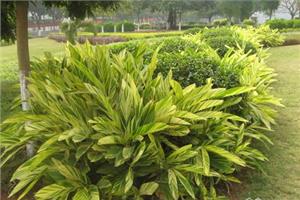
Introduction of alpinia officinarum L. Culture method of alpinia officinalis
2019-02-26 -
Common weeds and planting and weeding techniques of alpinia officinarum

Common weeds and planting and weeding techniques of alpinia officinarum
2018-06-29 -
Curing method of alpinia officinarum

Curing method of alpinia officinarum
2018-07-03 -
Cultivation techniques of alpinia officinarum

Cultivation techniques of alpinia officinarum
2019-01-15 -
Where is the producing area of alpinia officinalis? When do you usually pick and dig? What is the effect?

Alpinia officinalis, the name of traditional Chinese medicine, is cylindrical in shape, multi-curved, branched, long 5~9cm, diameter 1~1.5cm. The surface is brownish red to dark brown, with fine longitudinal wrinkles and grayish brown wavy links, with 0.2 cm long internodes and round root marks on one side. So, ba
2020-11-09 Plantain high vision good ginger origin where in general when -
The latest course of cultivation techniques and methods of alpinia officinalis

Alpinia officinarum, also known as alpinia officinarum, is a perennial herb of Zingiberaceae, which is mainly distributed in southwest China. The leaves of alpinia officinalis are luxuriant, bright and colorful, and have high ornamental value. And alpinia officinalis is also a kind of traditional Chinese medicine, which has the advantages of dispelling cold and relieving pain and dispelling heat.
2020-11-10 The latest alpinia officinalis cultivation techniques methods tutorials and -
Cultivation techniques of alpinia officinalis

Cultivation techniques of alpinia officinalis
2018-06-29 -
Cultivation techniques of alpinia officinalis

Alpinia officinarum, also known as wild ginger, is a common wild plant in hillside woodland and shady wetlands. It has high medicinal value and can effectively treat diseases such as constipation and diabetes. It is known as Asian ginseng and is currently planted artificially in some areas. The cultivation of alpinia officinalis
2020-11-08 Fire ginger cultivation techniques fire also known as ginger. -
Planting method of alpinia officinalis
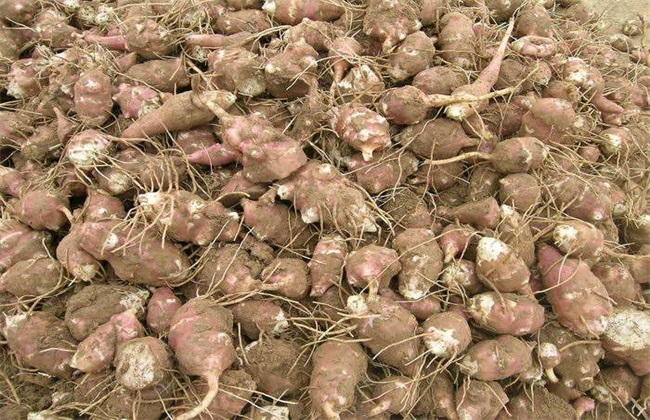
Planting method of alpinia officinalis
2019-10-13 -
What are the common diseases of alpinia officinalis?
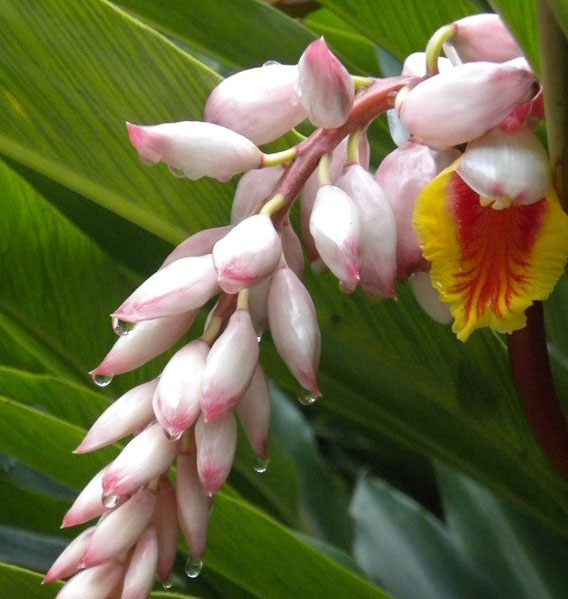
Alpinia officinalis is often harmed by leaf blight and brown spot. At the beginning of the onset of leaf blight, 200-fold Bordeaux solution was sprayed every 7-10 days for 3 times. 1000 times of thiophanate methyl can be used to spray wine when brown spot occurs.
2018-12-16 -
Introduction to the Propagation method of alpinia officinalis

Alpinia officinalis has beautiful flowers and beautiful leaves, so it is an indoor foliage plant with great ornamental value. Now, many flower friends will make alpinia angustifolia into small and medium-sized potted plants and watch them in brighter places such as living rooms, offices and halls. In addition, alpinia angustifolia can not only be watched, but also has certain medicinal value.
2018-07-01 -
Sowing of alpinia officinalis
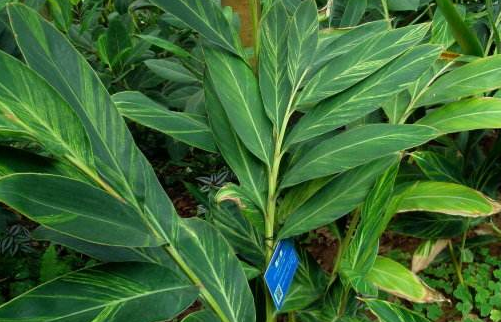
Sowing time the sowing time of alpinia officinalis is generally available except in summer, but the best time is in autumn and winter, but the temperature in winter is low, so keep warm, for example, put alpinia officinalis in the greenhouse.
2018-12-02 -
Matters needing attention in the latest planting of wild ginger

Alpinia officinarum belongs to Compositae, also known as Guizi ginger. It is a new plant introduced from China and from Europe, and its origin is in North America. The main part that can be used is his underground tuber, which is similar to our common ginger and is mainly used to make starch and wine.
2020-11-10 The latest ginger planting precautions genus Compositae also -
Matters needing attention in the cultivation of alpinia officinalis how to raise alpinia officinalis

Matters needing attention in the cultivation of alpinia officinalis how to raise alpinia officinalis
2019-03-03 -
Points for attention in planting alpinia officinalis

Points for attention in planting alpinia officinalis
2018-10-23 -
What are the seed planting methods of artichoke (Jerusalem artichoke)? What are the planting prospects? When will it be planted?
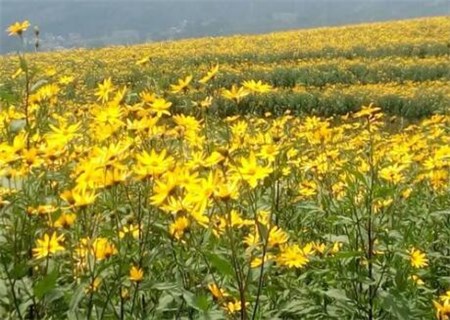
Alpinia officinarum is an annual herb of the genus sunflower of Compositae. The ginger is fed by underground tubers. There are sporadic cultivation in various parts of our city, so do you know what are the planting methods of ginger seeds? What are the planting prospects? When will it be planted? In a farmer who grows ginger all the year round, we know that ginger is sown in spring.
2019-03-16 -
Have you ever seen these Chinese ginger varieties? What are the main effects and functions? How to distinguish? 80% of people don't know!

Ginger generally bears the role of seasoning in life, but there are many varieties of ginger in China. The following is an introduction to the main effects and functions of ginger, sand ginger, Jerusalem artichoke and ginger. How to distinguish them in daily life is as follows:
2020-11-09 China these several kinds of ginger varieties have you seen Lord there must be
